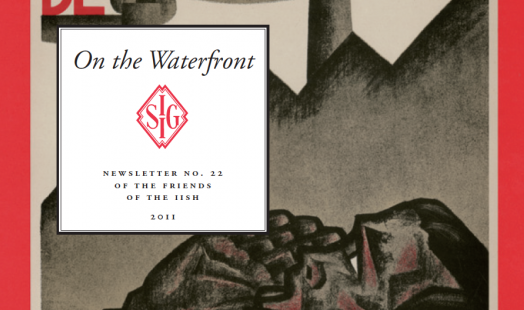Potosí: producing silver for the world
The silver trade powered global connections for more than three centuries, and from 1450 to 1800, 85% of the world’s silver originated from the Americas.
Basing himself on previous studies, Andre Gunder Frank estimated that 81,000 tons of American silver must have arrived in Europe during the 17th and 18th centuries. Out of this total, 39,000 tons made their way eastward – to the Baltic countries, the Levant and, finally, China.
Who produced this gigantic treasure? Between 60% and 80% originated from Cerro de Potosí, a Bolivian mountain next to the world’s most elevated city – at 4,090 metres above sea level. It is difficult to imagine today how Potosí, a place hardly known by most people, could play such an important role in the world economy. Yet despite its remote location, it sustained a multitude of global connections for hundreds of years.
The research project Potosí: producing silver for the world in the colonial period (16th - 18th Centuries) has three main aims. The first is to create an integrated, trans-local and global history of Potosí. Such a history will go beyond the often fragmented interpretations which split the topic into local, regional, national, and international or world levels. Within the global perspective taken, the study focuses both on the production process at Potosí, and on the lengthy itineraries of the silver traded across the world.
Extracting silver using the technique of amalgamation already involved contact between different parts of the world. Materials from distant regions were mixed together – from local varieties of vegetal coal (like azorella compacta) to mercury imported from Almadén in Spain. As an urban centre, Potosí also created what the well-known scholar Sempat Assadourian called the 'Andean Colonial Space' – a series of economies linked in one way or another to the production and trade of silver in the region.
About 90% of the silver produced at Potosí travelled through a global trading chain. At one end, mule-drivers and llama caravans transported the metal to Pacific ports like Lima and Panama, and to Portobelo and Buenos Aires on the Atlantic coast. At the other end, a multitude of companies traded the silver as far away as Japan and China. Thus, Potosí silver became the stuff that brought continents in contact with each other. Methodologically, the challenge is to write a history of these world connections, seen from the vantage point of Potosí, and identify their impact on the local people.
A second aim of this research project is to study the workers of Potosí, their lives and their relationships. Potosí’s silver production featured the old and sophisticated Inca practice of corvée work, called the mita. In the late 1500s, it brought together a workforce of about 14,000 Indians in a system of labour rotation. By 1600, the city of Potosí had grown to circa 100,000 inhabitants, a size comparable to the larger capital cities of Western Europe at the time. There has been controversy among historians about the importance of mitayo workers in the labor process as a whole, at different points in time. In the research we argue that mitayo workers worked alongside minga workers – day-labourers regarded as 'free' workers – and kajchas, an increasingly important new category of workers. This study will discuss all the different types of workers, as well the importance of emerging trapiches (rudimentary ore mills).
Thirdly, this research project investigates political and economic decisions made at different levels during the reign of the Spanish empire, across three centuries. At issue are several broader questions: what was the relative importance of key economic and political decisions affecting the silver business? Why did the production of silver fail to generate cumulative, long-term economic development in the region? How should historians understand the making of inequalities in the global world? Overall, the research project intends to contribute to the discussion about free and unfree labor, the 'economic agency' of workers, the 'resource curse', and the roots of underdevelopment.
The project resulted in the book Potosí in the Global Silver Age
Researcher: Dr. Rossana Barragán




